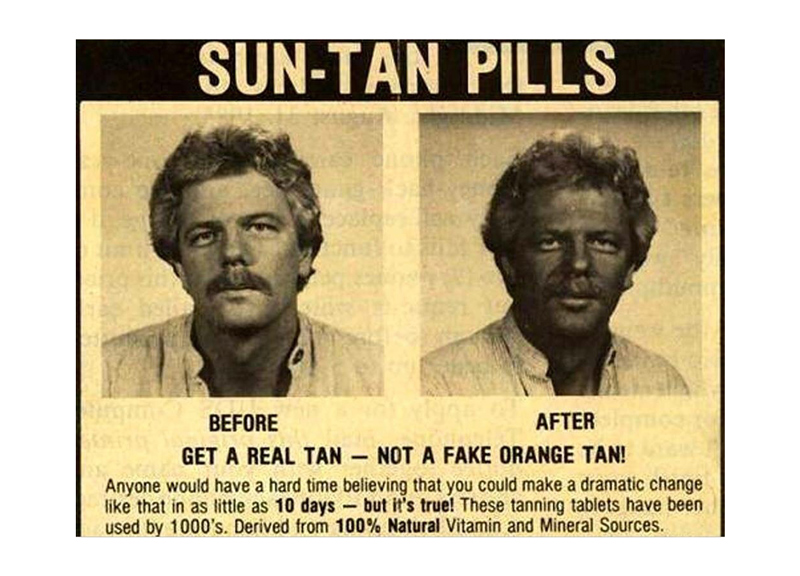– To protect yourself, sanitize your hands immediately before eating and immediately after touching things touched by others to avoid getting viruses.
– To protect others, use clean hands to touch others’ things or when handling things to others.
– Sanitize objects given to you and only pass objects that have passed your own cleanliness test to others. For example, I have my hand sanitizer bottle open and ready to clean my credit card immediately after I get them back from cashiers, before I put it back in my wallet.
– Sanitize smooth surfaces you are going to touch directly with your hands (e.g. tables and chair edges, places where you set down your phone and computer). Use paper towels to turn off faucets and open bathroom doors.
– To keep the number of times I have to sanitize, I keep track of whether clean objects and hands stay clean. As long as my hands or my objects have not encountered unknown/dirty things after their last cleaning, they don’t need to be recleaned. This is why I suggest immediate sanitation of hands after touching things of unknown cleanliness, so you can resume using your clean things without worry.
– Sanitization can be done by soap and water (hands) or hand sanitizer (hands or objects) or windex (objects)
– Finally, if your hands are clean, you can touch your face.
[…]
– I’d suggest not eating prepared salads or sandwiches. There may be no evidence that these are risky, but I prefer my foods cooked anyway.
– Don’t share food, obviously.
– Go outside – sunlight is the best disinfectant.
[…]
– 50% of people with virus have no symptoms but will
become immune just like most infected people
– 95% don’t need to go to the hospital
{ Michael Lin, | Continue reading }
We need to stop picturing that ubiquitous “flatten the curve” chart and start imagining a roller coaster. […]
No one knows for sure how long social distancing will have to last to reduce the spread to near zero. But if South Korea and China are appropriate exemplars, we’ll need to stay apart now for at least eight weeks, and maybe more. China locked down Wuhan and other cities in Hubei province on Jan. 23. Today, provincial officials are reporting few or no new cases of the virus. Just a few days ago, they closed the last of their 16 makeshift emergency hospitals. Consequently, restrictions are easing. Schools and offices are slowly opening. People are beginning to go out and see other people. […]
A likely scenario is that there will be subsequent waves of the disease. […] The next round of social distancing will be activated more rapidly, because officials — and the public — will be more prepared. It should also be shorter, because we can assume that most of the people who were initially infected are likely to be immune next time around. But it will still disrupt people’s lives and the economy. We will still have canceled conferences and sporting events. People will not frequent restaurants and will not travel. The service industry will be severely curtailed. And it’s going to happen again and again.
{ NY Times | Continue reading }
Countermeasures in Wuhan and elsewhere have already reduced the local R0 of COVID-19, with research suggesting the R0 was reduced all the way down to 0.32 in Wuhan in early February after extensive testing and containment measures. In Italy, which implemented aggressive countermeasures fairly late into their local epidemic, preliminary analysis suggests the R0 was reduced from 3 in late February to 1.7 in early March and the number of new cases has dramatically slowed down.
According to an analysis published in the Lancet, approximately 95% of the Wuhan population remained uninfected by the virus at the end of January, after the peak of their crisis, as a result of aggressive countermeasures. These data on their own indicate that herd immunity is not an inevitable outcome, nor is the possibility that up to 80% of the UK population will be infected within the next year.
{ Unherd | Continue reading }
Israeli Nobel Laureate Michael Levitt said most people are naturally immune, and that since the infection rate in China is slowing down, “the end of the pandemic is near.” […]
“The rate of infection of the virus in the Hubei province increased by 30% each day — that is a scary statistic. […] Had the growth continued at that rate, the whole world would have become infected within 90 days. […] In exponential growth models, you assume that new people can be infected every day, because you keep meeting new people. But, if you consider your own social circle, you basically meet the same people every day. You can meet new people on public transportation, for example; but even on the bus, after some time most passengers will either be infected or immune.”
[…]
The Diamond Princess cruise ship represented the worst-case scenario in terms of disease spread, as the close confines of the ship offered optimal conditions for the virus to be passed among those aboard. “Those are extremely comfortable conditions for the virus and still, only 20% were infected. It is a lot, but pretty similar to the infection rate of the common flu,” Levitt said. Based on those figures, his conclusion was that most people are simply naturally immune.
However, that doesn’t mean Levitt is dismissive of the precautions being put in place by governments around the world.
{ Jerusalem Post | Continue reading }
Researchers found that the novel coronavirus could be detected on
Copper for up to four hours
Cardboard for up to 24 hours
Plastic and stainless steel for up to two to three days.
Also, the coronavirus could linger in aerosols — the suspension of tiny particles or droplets in the air — for up to three hours.
{ NIH | Continue reading }
















